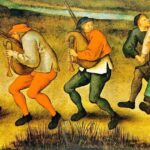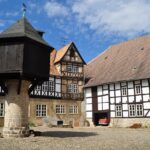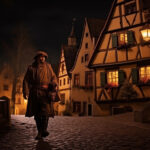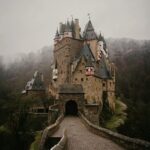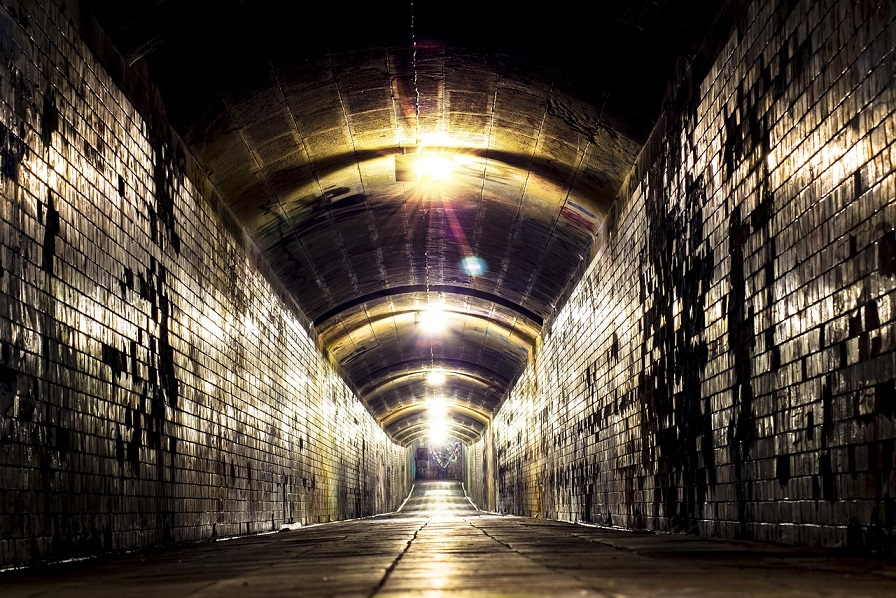
Beneath the charming cobblestone streets of Germany lies a hidden world—one of underground bunkers, secret tunnels, and forgotten subterranean cities. While tourists flock to iconic landmarks like Neuschwanstein Castle or Brandenburg Gate, few realize that an entire network of history runs beneath their feet. From wartime bunkers to medieval escape tunnels, Germany’s underground is a labyrinth of stories waiting to be uncovered.
In this article, we’ll journey through these hidden depths, exploring the fascinating underground structures that have played critical roles in Germany’s past and continue to intrigue urban explorers today. Whether you’re a history buff, a travel enthusiast, or just someone who enjoys uncovering secrets, this is your invitation to step beneath the surface and discover Germany’s hidden underground.
A History Carved in Stone
Germany’s underground world isn’t just a relic of World War II—its roots run much deeper. Some tunnels date back to the Middle Ages, built as escape routes or storage chambers beneath castles and walled cities. During the Cold War, extensive bunker systems were constructed as fallout shelters, designed to protect government officials and civilians in case of nuclear conflict.
From medieval smugglers’ tunnels to vast Nazi bunker complexes, these underground structures reveal Germany’s long-standing need for secrecy, security, and survival. Today, many of these sites are open for exploration, offering a rare glimpse into the hidden history beneath modern Germany.
The Most Fascinating Underground Sites in Germany
1. Berlin’s Forgotten Bunkers
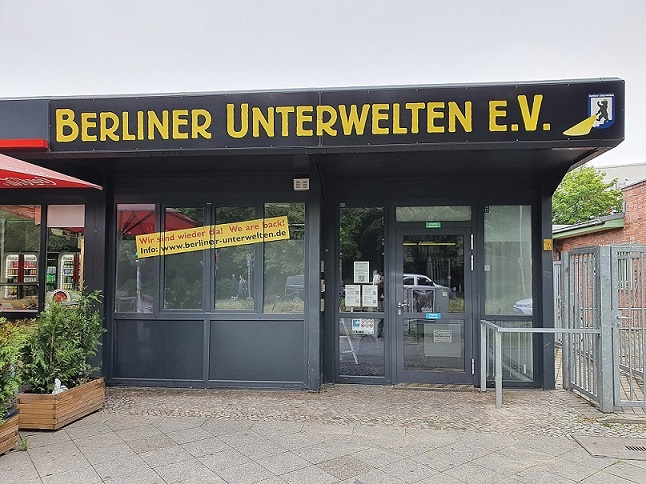
©F.Wüstenberg
Beneath Berlin’s bustling streets lies a vast network of bunkers, air-raid shelters, and tunnels, remnants of both World War II and the Cold War. The most famous of these is the Berliner Unterwelten, an organization that offers guided tours through former bunkers and escape tunnels used during the Berlin Wall era. Visitors can explore eerie, dimly lit corridors where thousands sought shelter during air raids, gaining a chilling perspective on the city’s wartime past.
2. The Nazi Bunkers of Obersalzberg
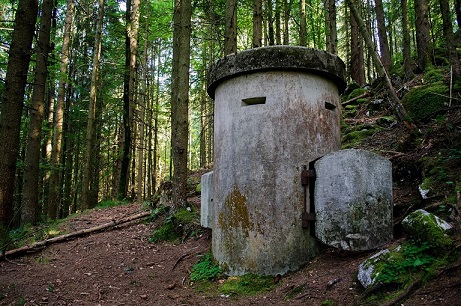
Nestled in the Bavarian Alps, Obersalzberg was once Hitler’s mountain retreat and home to an extensive underground bunker system. Built as a last resort in case of an attack, these tunnels connected key Nazi buildings and were designed to provide shelter for high-ranking officials. Today, visitors can explore some of these tunnels as part of the Dokumentation Obersalzberg exhibition, offering a sobering look at the Third Reich’s underground operations.
3. Cologne’s Medieval Underground
While many associate Cologne with its towering Gothic cathedral, few realize that an ancient world exists beneath the city. Roman ruins, medieval sewer systems, and hidden chambers form an underground maze, revealing layers of history dating back over 2,000 years. The Kölner Unterwelten tour takes visitors through these forgotten passages, showcasing everything from ancient Roman roads to World War II air-raid shelters.
4. The Cold War Fallout Shelters
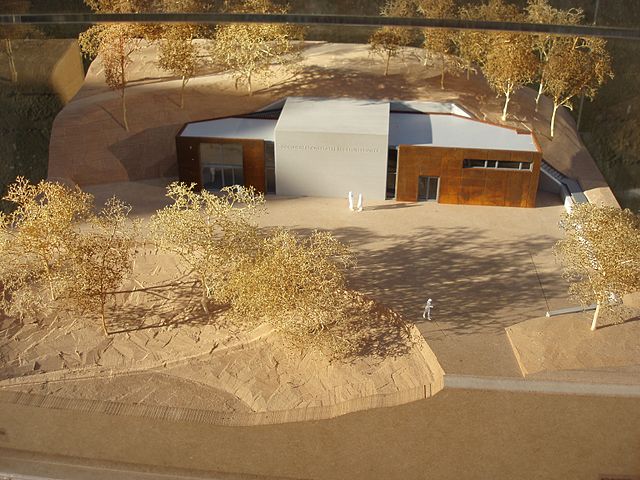
During the Cold War, Germany built massive nuclear fallout shelters, some of which remain intact today. The Government Bunker in Ahrweiler, once Germany’s most secretive underground facility, was designed to house key officials in the event of a nuclear attack. Visitors can now tour this eerie, time-frozen bunker, complete with 1960s-era telephones, food rations, and decontamination chambers.
5. The Mysterious Tunnel Systems of Nuremberg
Nuremberg, known for its medieval architecture and Nazi-era history, also boasts an intricate underground system. The Nuremberg Rock Cut Cellars date back to the 14th century, originally built for beer storage before being repurposed as air-raid shelters during World War II. In contrast, the city’s lesser-known Nazi Party Rally Grounds Bunkers remain a haunting reminder of Germany’s dark past.
Why Germany’s Underground World Still Matters
Germany’s underground cities and bunkers are more than just relics—they are tangible reminders of the country’s resilience and complex history. These hidden spaces tell stories of survival, secrecy, and human ingenuity. Today, many of these sites have been repurposed as museums or historical tours, ensuring that their stories are preserved for future generations.
For urban explorers and history enthusiasts, these underground sites offer a rare opportunity to step back in time and experience history in a way that textbooks simply can’t provide. Whether you’re wandering through a medieval tunnel in Cologne or descending into a Cold War-era bunker, Germany’s subterranean world is an adventure like no other.
Ready to Explore More of Germany’s Hidden History?
If this glimpse into Germany’s underground world has sparked your curiosity, there’s even more to uncover. Dive deeper into Germany’s past by exploring articles on German WWII History, Medieval Castles of Germany, The Dark Side of German History: Strange and Unusual Events, and World War Memories. Who knows? The next time you walk the streets of a German city, you might just be treading above an undiscovered world.
